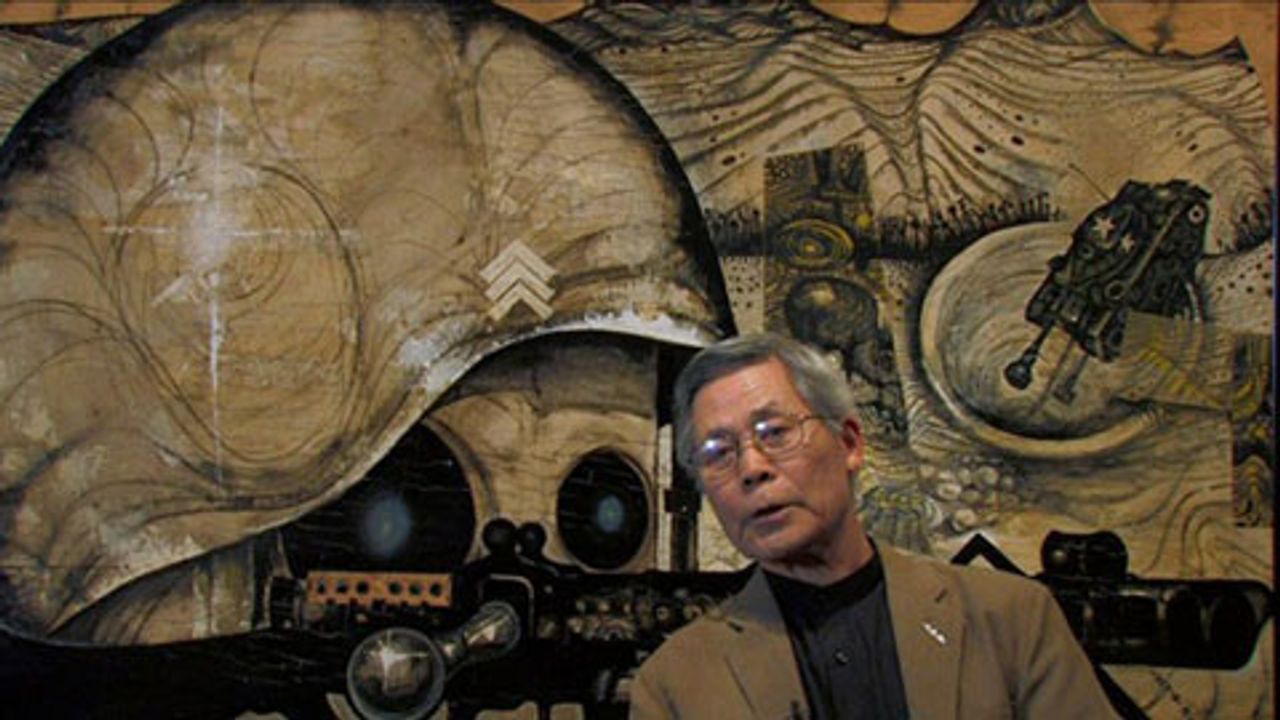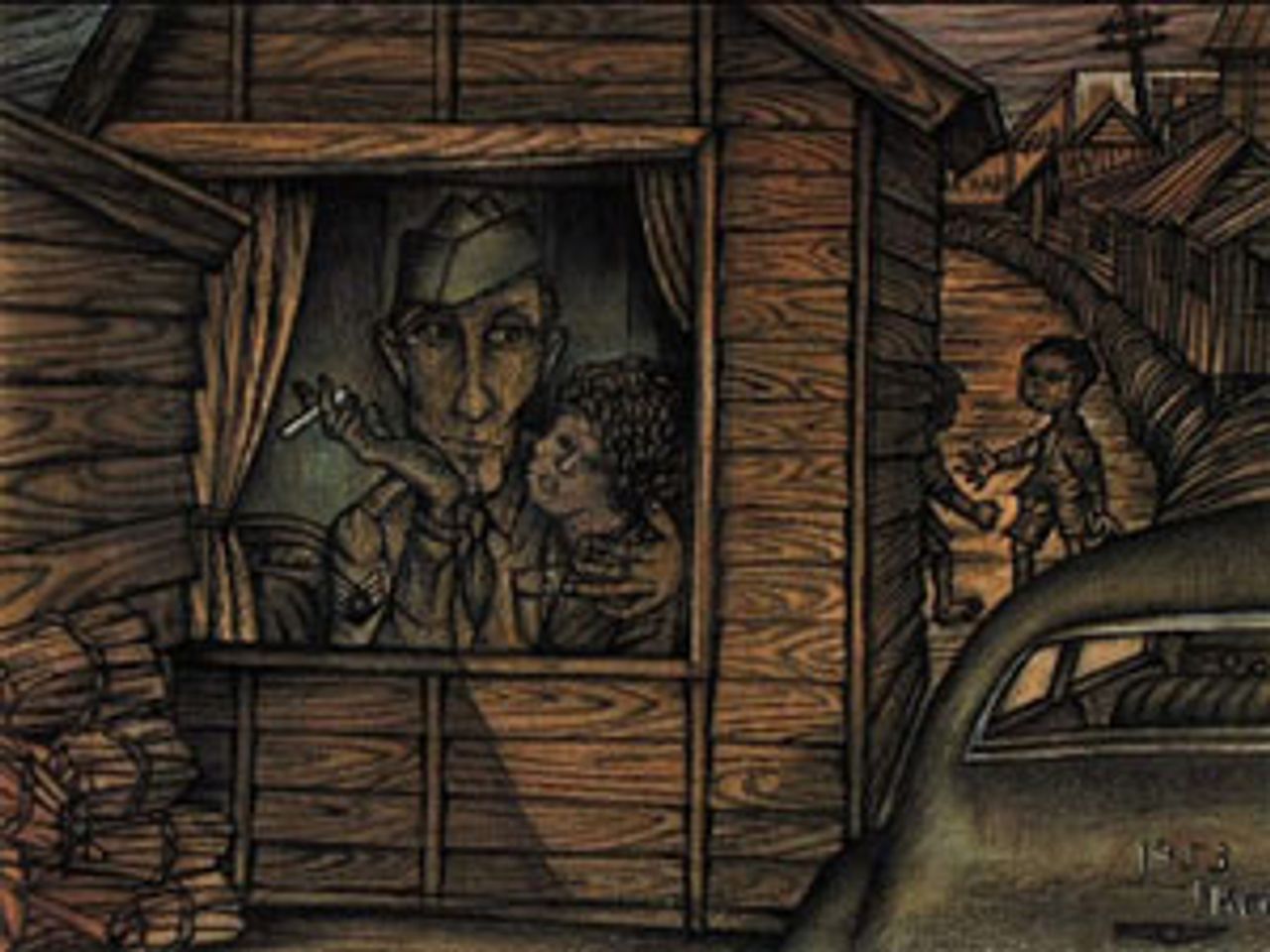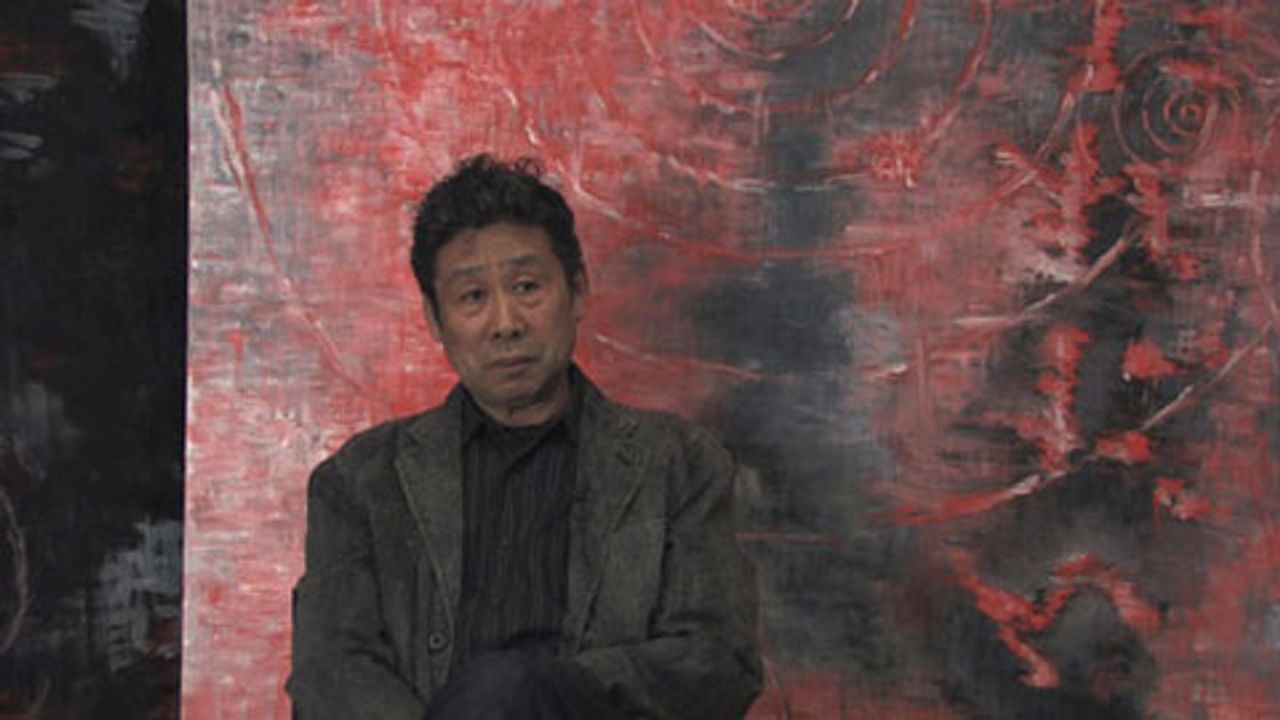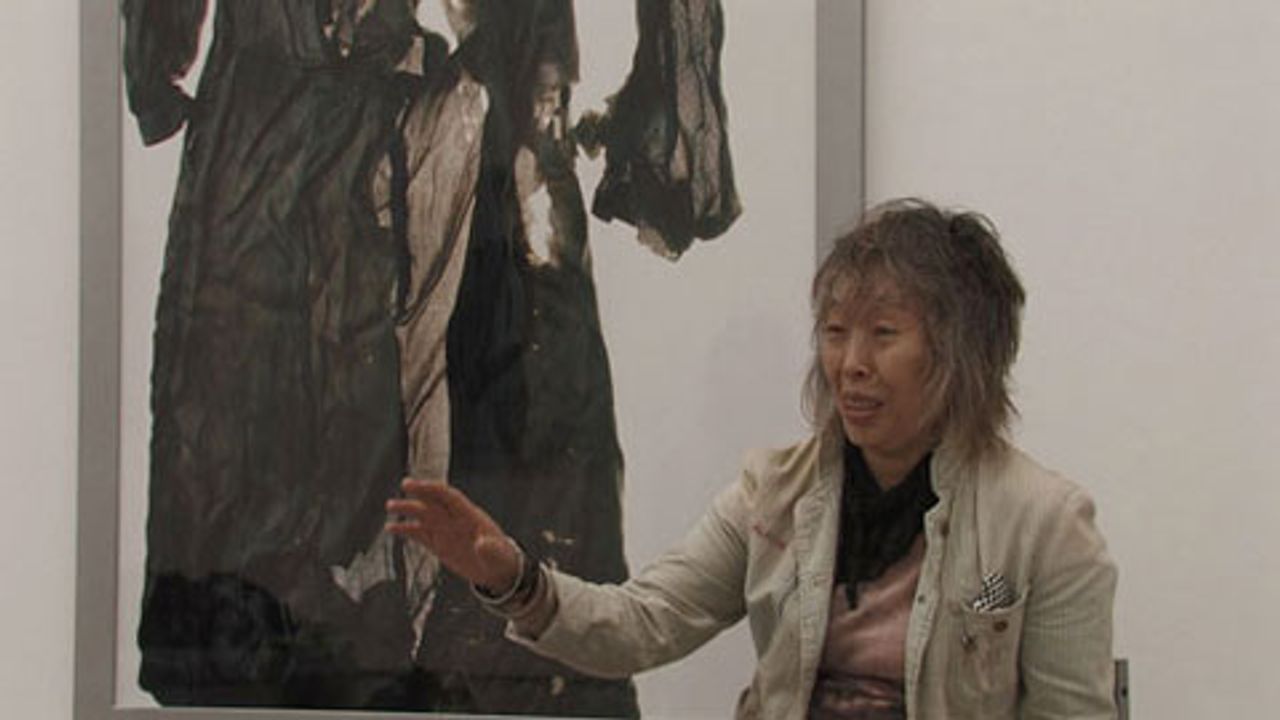ANPO: Art X War, a remarkable documentary from first-time director Linda Hoaglund which was screened at the recent Toronto film festival, deals with the mass opposition that erupted in Japan in 1960 to the continuation of the US military presence in that country. Large numbers of workers, students, artists and intellectuals come together in opposition to government collaboration with US militarism during the Cold War.

The film focuses on the protests, in which hundreds of thousands of Japanese took to the streets. Hoaglund’s documentary brings out some of the bitter political and social consequences of the Second World War for the people of Japan, their opposition to a national government which was doing the bidding of American imperialism, their resistance to the US military presence, and how that found passionate expression in artwork of the period.
ANPO is Japanese shorthand for the mutual security treaty struck between the American and Japanese governments in 1951 at the end of the official occupation, and extended in 1960, which provided for the maintenance of US military bases across Japan, most of which remain to this day.

Hoaglund was raised in Japan by American parents who worked there as missionaries and so approaches the issues from a unique vantage point. She has woven together the works of over 30 artists, photographers and filmmakers in a film that illuminates a fascinating cultural and social history.
Over 35,000 American military personnel remain stationed at 90 US bases in Japan. The film points to the record of crimes committed against the local population by US soldiers, which have again in recent years sparked public outrage that has rocked the political establishment.
Alongside many moving segments of documentary footage and interviews, the paintings presented in the film stand out. Deliberately jarring in their presentation, the most startling images jump from the screen in protest against the atrocities of war and foreign occupation. These works are largely unknown outside of Japan—images that are alternately lurid, breathtaking and horrifying—drawing on artistic influences spanning the globe and the modern era.

Paintings by artists such as Nakamura Hiroshi reveal the anger of the postwar period, while contemporary artwork by Aida Makoto shows how those sentiments persist to this day. It was a difficult time for artists, but as one comments in the film, “There’s nothing more motivating for an artist than really hard times”.
Honestly reflecting on the complex issues it treats, Hoaglund’s film looks behind the protests of 1960 and shows how they crystallized the feelings of a generation, opposed to occupation and militarism, and to the horrific costs of war that threatened to erupt once again with the spike of international tensions in the region.
As the film reveals, the continued American military presence in Japan was a key strategic effort to advance general US objectives during the Cold War and as a launching pad in the Korean War. As New York Times reporter Tim Weiner remarks in the film, “During the Cold War, the US would work with any son of a bitch, as long as he was anti-Communist”.

ANPO explains that the instrument available to help fulfill US goals was an administration in Tokyo largely hand-picked by Washington and made up of many of the leaders who had brought Japan into the Second World War. In the aftermath of the war, these bourgeois politicians offered themselves as faithful servants to Washington. Heading this rotten regime at the time was Nobusuke Kishi, former cabinet minister during the war who—with US support—became prime minister and, ignoring widespread opposition, pushed through the expanded new US-Japanese security agreement.
Although Hoaglund offers some overall political analysis of the uprising, in large part through interviews conducted with figures such as Weiner, this is limited to fairly general references to social justice and democratic will. It remains unclear who the political leaders of the 1960 opposition movement were, what political tendencies they represented, and what alternative they offered, other than anti-Americanism and pacifism.
Still, relatively few works manage as this one does to trace a deep connection between historic events and the artistic work generated by those events. Whatever the film’s shortcomings, director Linda Hoaglund has here enriched an appreciation of the art of that time by revealing its relationship to social tensions that still endure.
